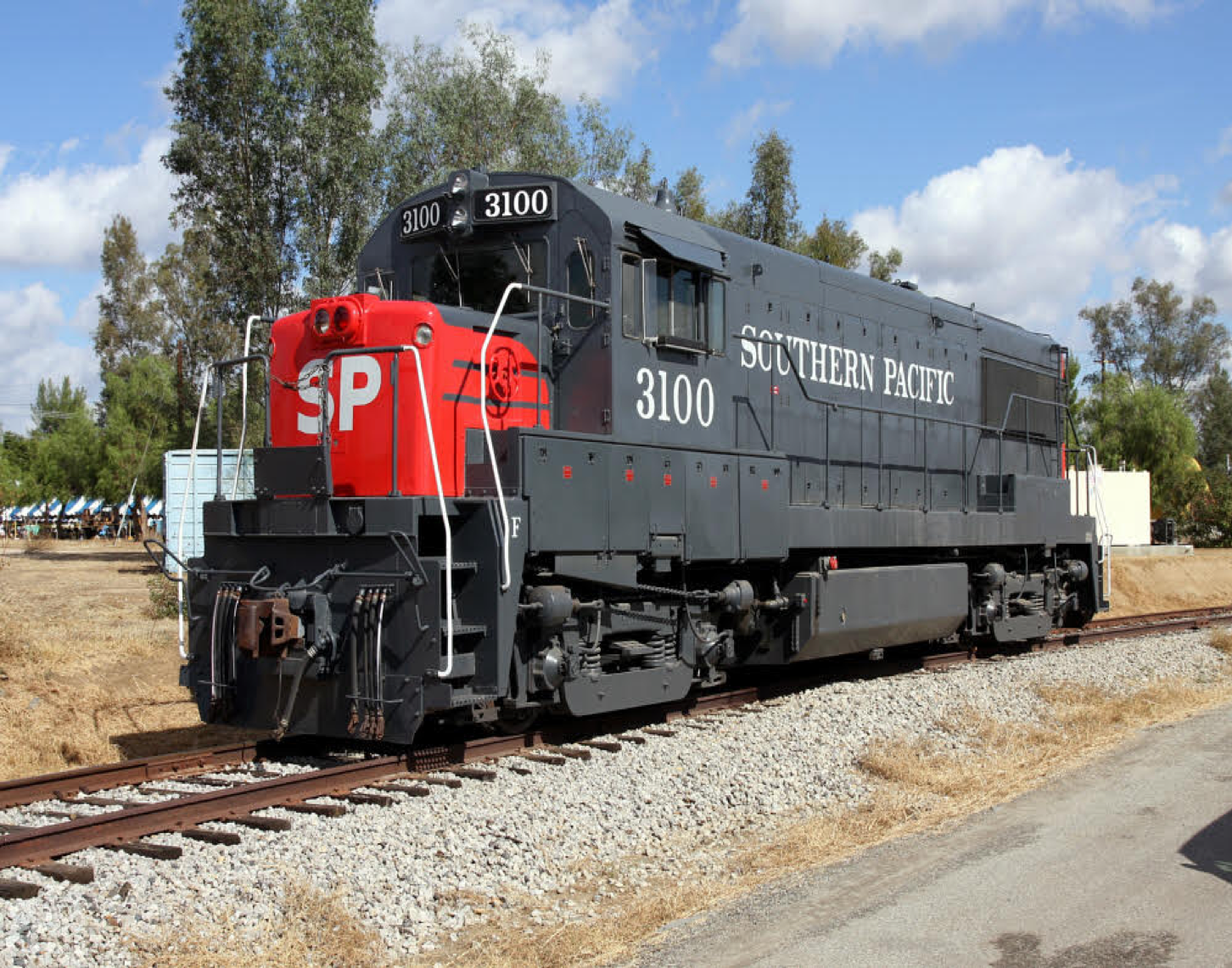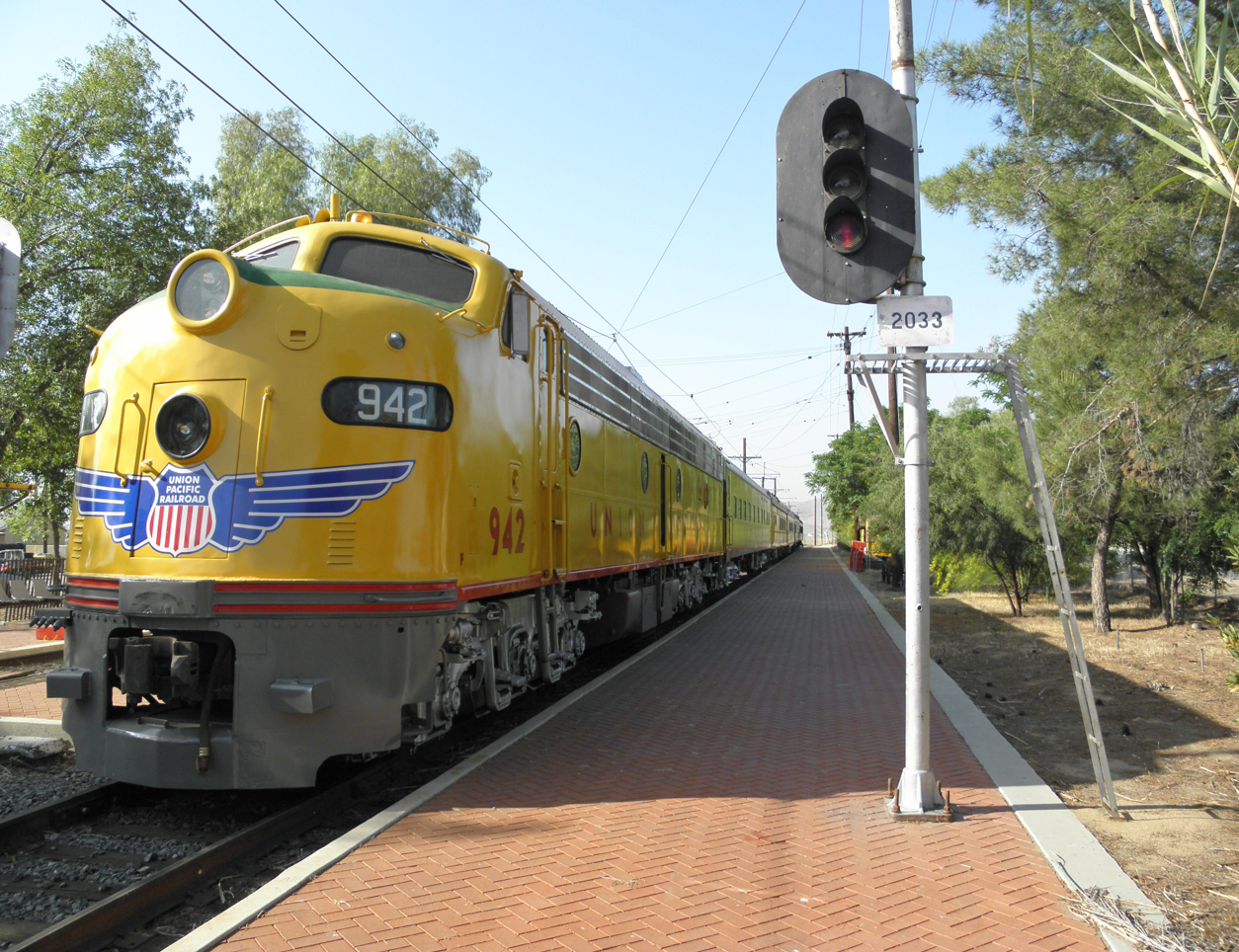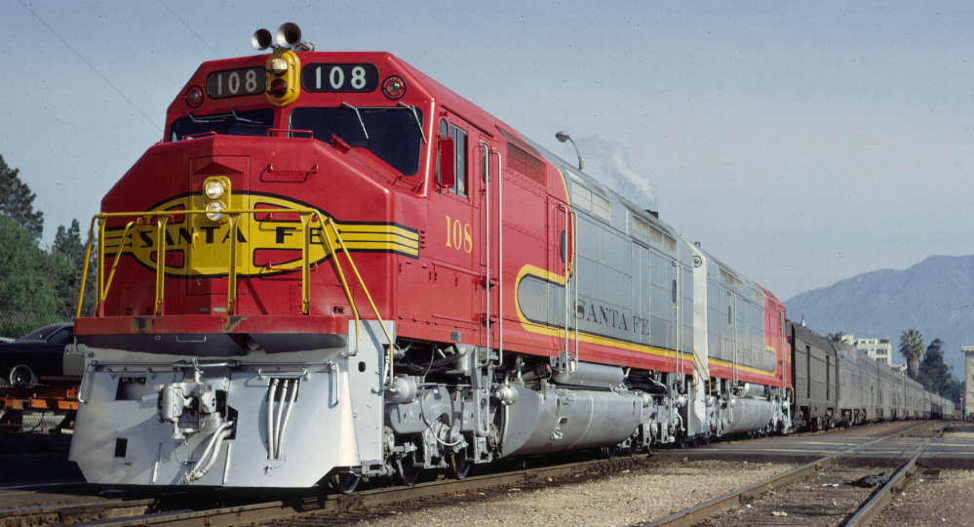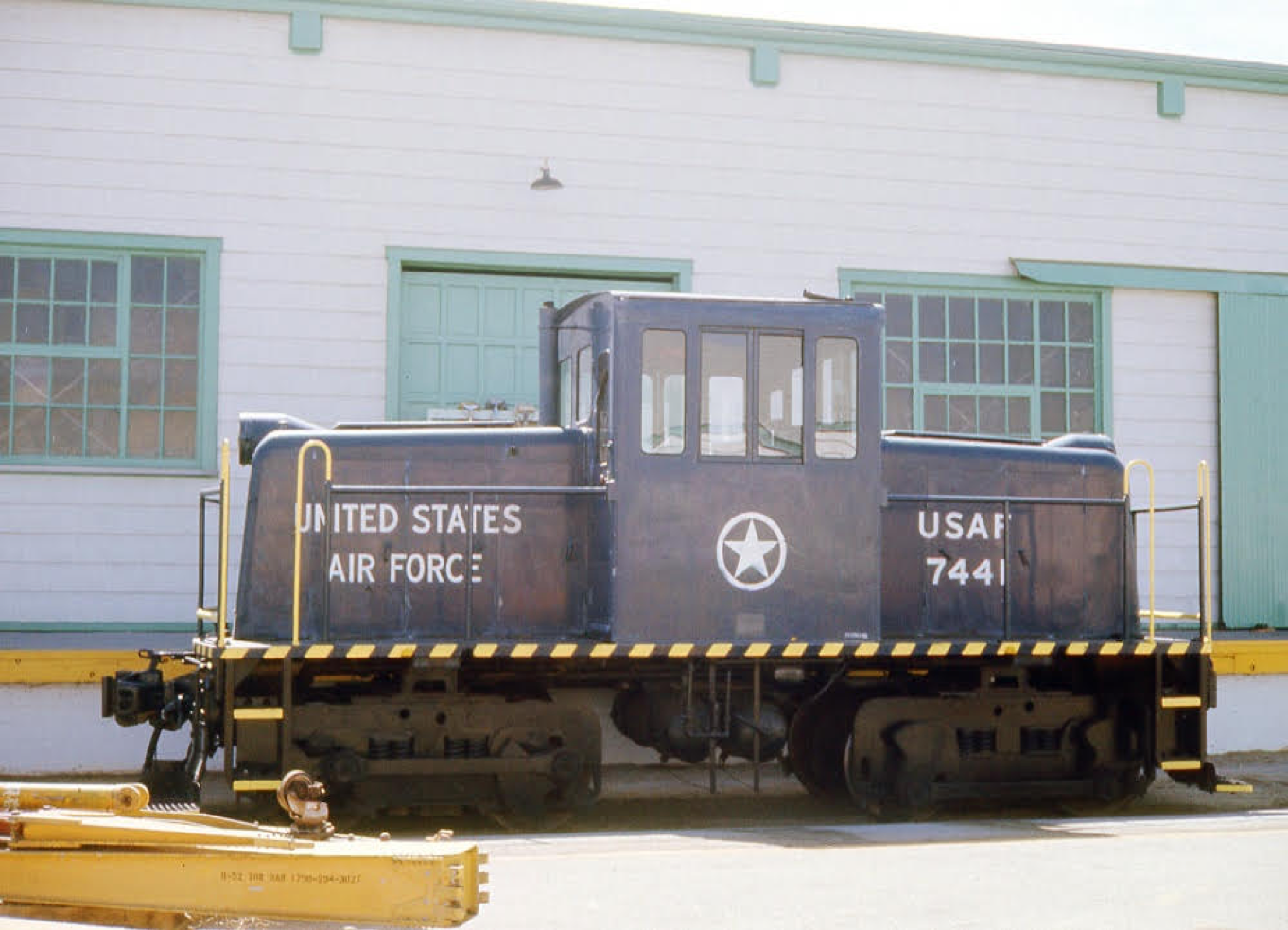Diesel Service Report, March 15, 2023
ATSF Fairbanks Morse H12-44 SF560 Restoration
Extra heat for preheating the block is provided using a 6000 watt electric heater. It circulates hot water through the block but not the radiators. It takes
about 8 hours to preheat the engine. We thought that cold weather might be the problem. But preheating to 85 degrees should be more than adequate for the engine to start almost immediately. And it wasn’t doing that.
We had installed known good injection pumps and nozzles so we pretty well knew those weren’t the issue. Then questions came up about having a severely worn out engine that had very low compression. Its possible but that doesn’t explain why it used to start with no problem.
The final thought was that the Diesel fuel might be too old to burn properly. We know that when we did start the engine with the fuel that was in it, the engine would barely run. However once it warmed up it ran fine. Obviously the heat increase from running made it possible to burn the fuel.
Since we had run out of things to do to solve the problem, we decided to put fresh fuel in the locomotive. Three hundred gallons of new fuel was put into the tank and circulated through the fuel system. The first attempt to start the engine after that still had issues. Most probably old fuel still in the fuel lines caused the problem. The next week the engine was preheated again. This time the engine rolled over a couple of times and started on its own without using ether. And once it started it continued to run like normal. And the exhaust smoke was significantly less than before. However, the engine had been preheated for this last starting effort. We don’t know yet if the engine will start without being preheated. That is one of our next tests. It used to, now we need to see if it still will.
Once the engine was running and warmed up this last time, there was still a little smoke out the stack. John Salvini and Richard Berk cut out injection nozzles to the number six cylinder and the smoke cleared up. So, it appears that something isn’t totally correct with the #6 cylinder. Either both injector nozzles need replacing or that cylinder has very low compression. John will be investigating that in the next few days.
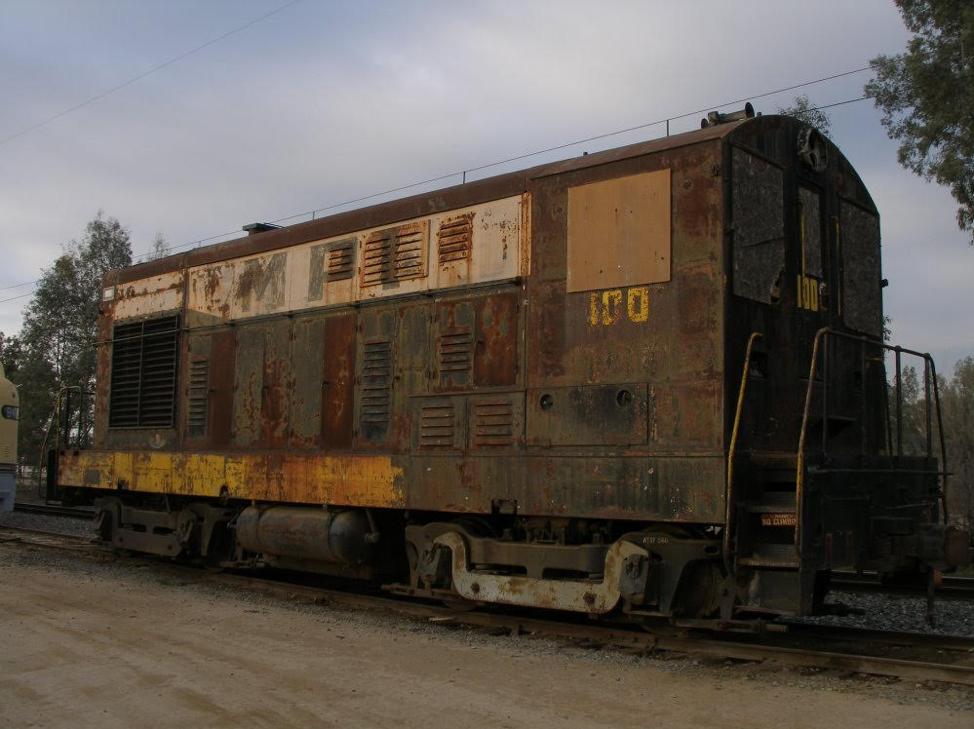 Obviously this is very good news for the project. Now our task is to clean up the locomotive and get it ready for painting.
Obviously this is very good news for the project. Now our task is to clean up the locomotive and get it ready for painting.
This (right) is what it looks like now.
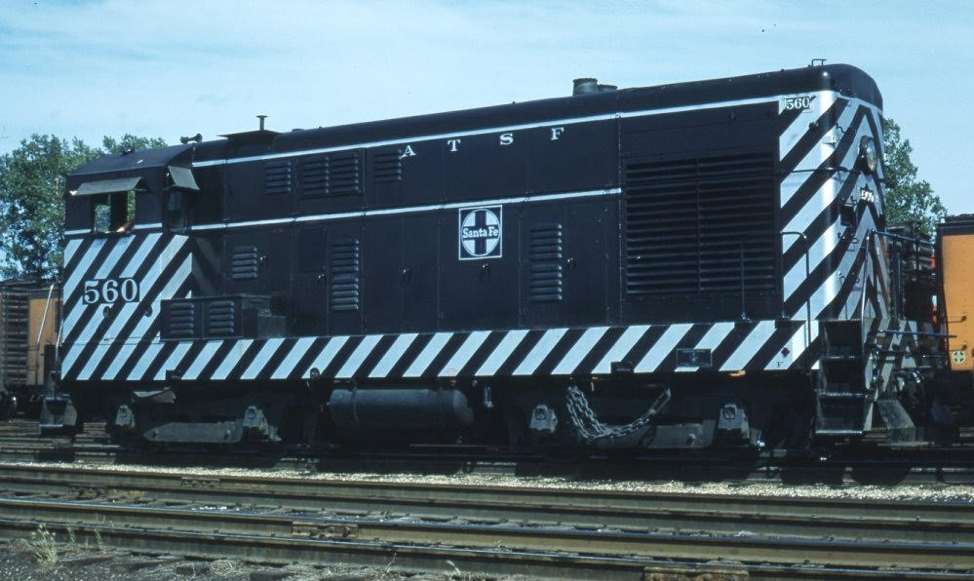
SF108 EMD FP45
SP1474 ALCo S4
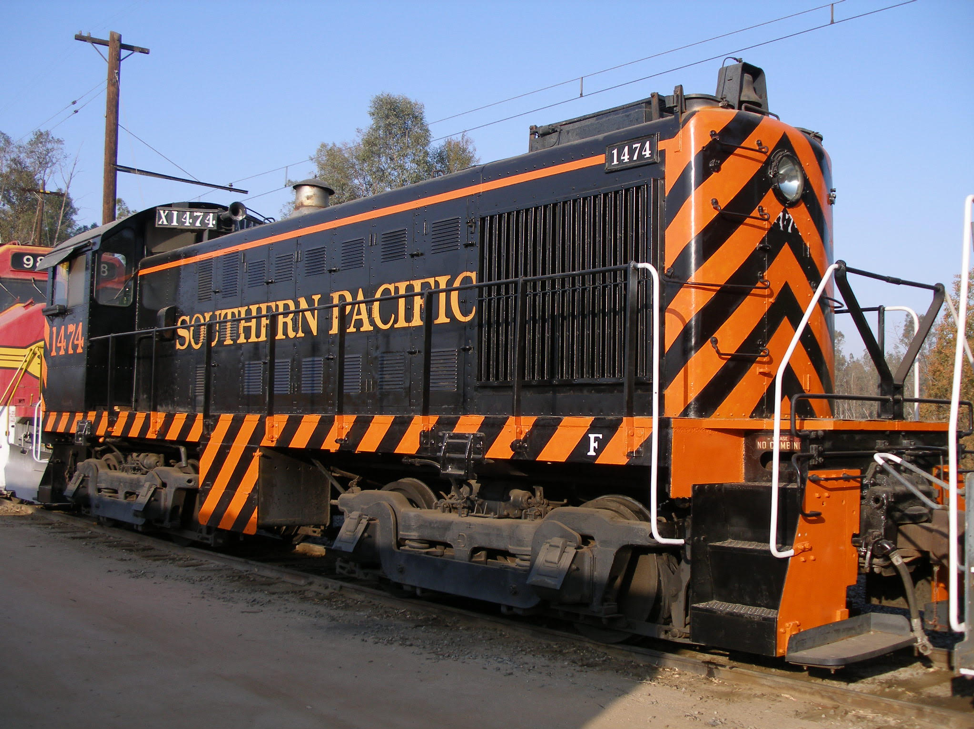
USAF 7441
OERM 1975
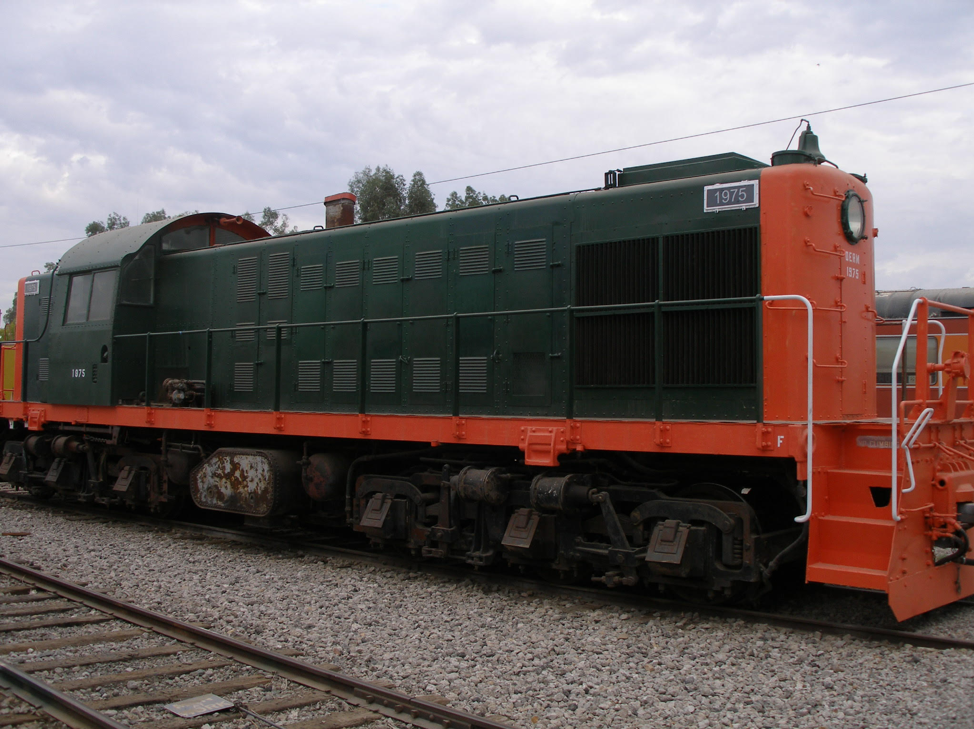
UP942 and SP3100
